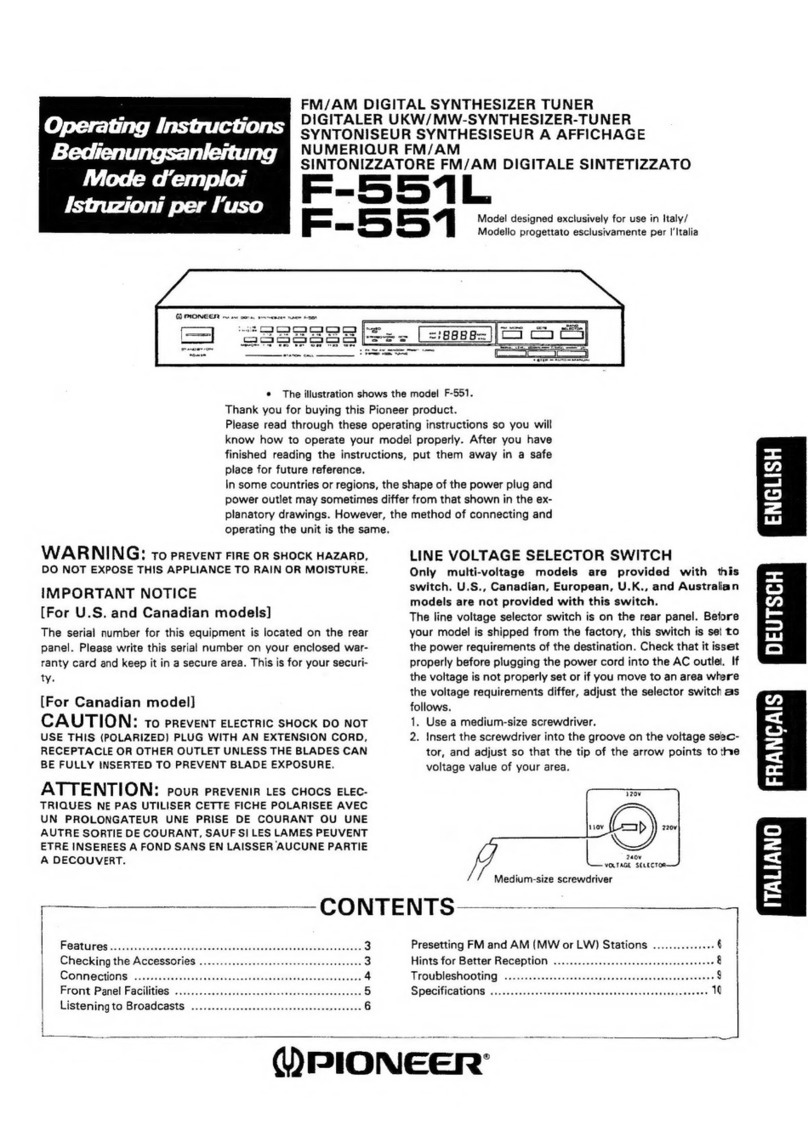Pioneer TX-9500II User manual
Other Pioneer Tuner manuals

Pioneer
Pioneer KE-2424 User manual

Pioneer
Pioneer GEX-P700DAB User manual
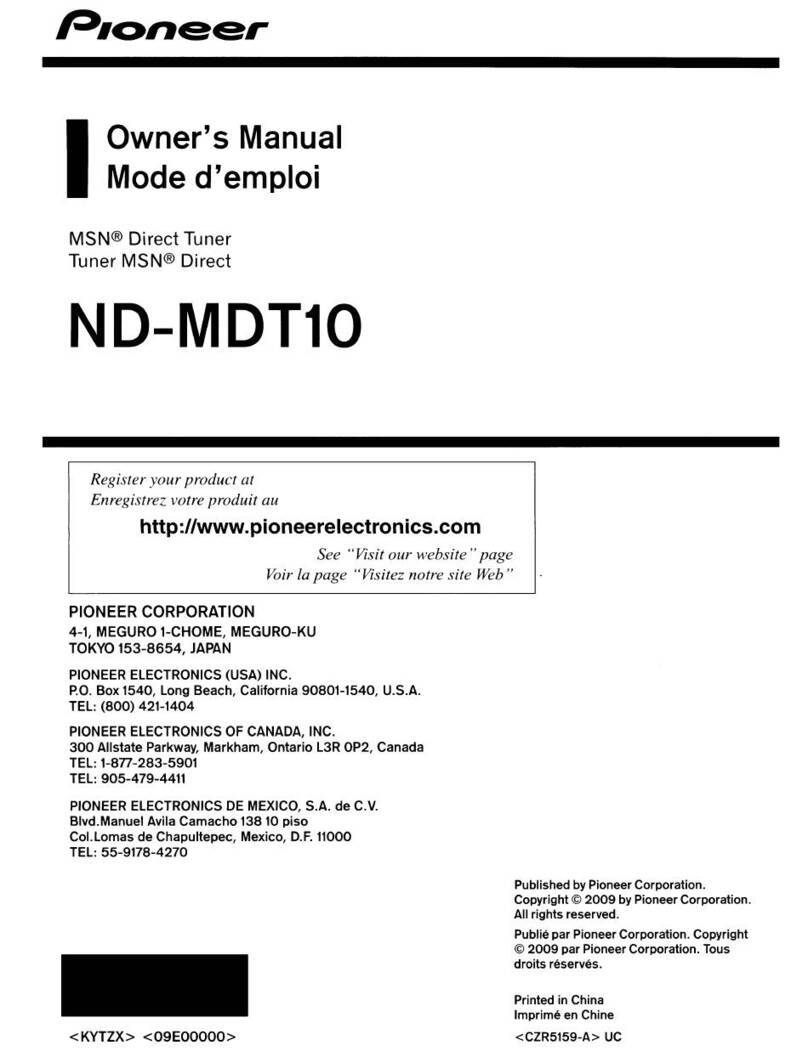
Pioneer
Pioneer ND-MDT10 User manual
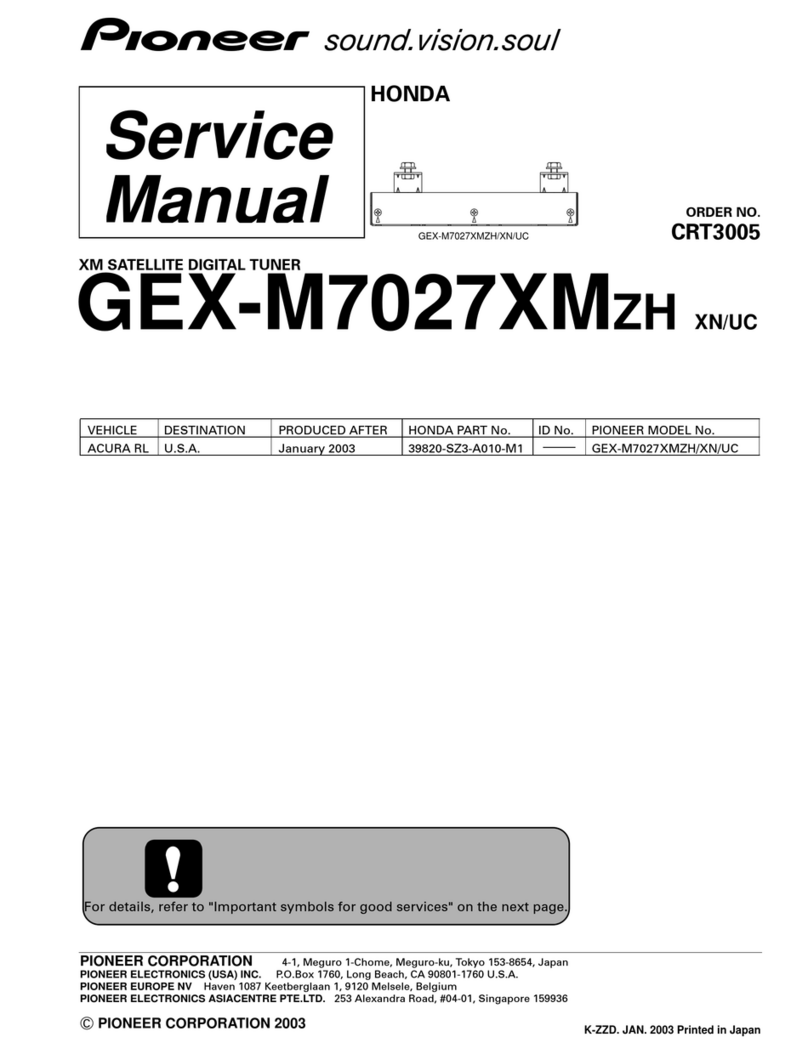
Pioneer
Pioneer GEX-M7027XMZH User manual
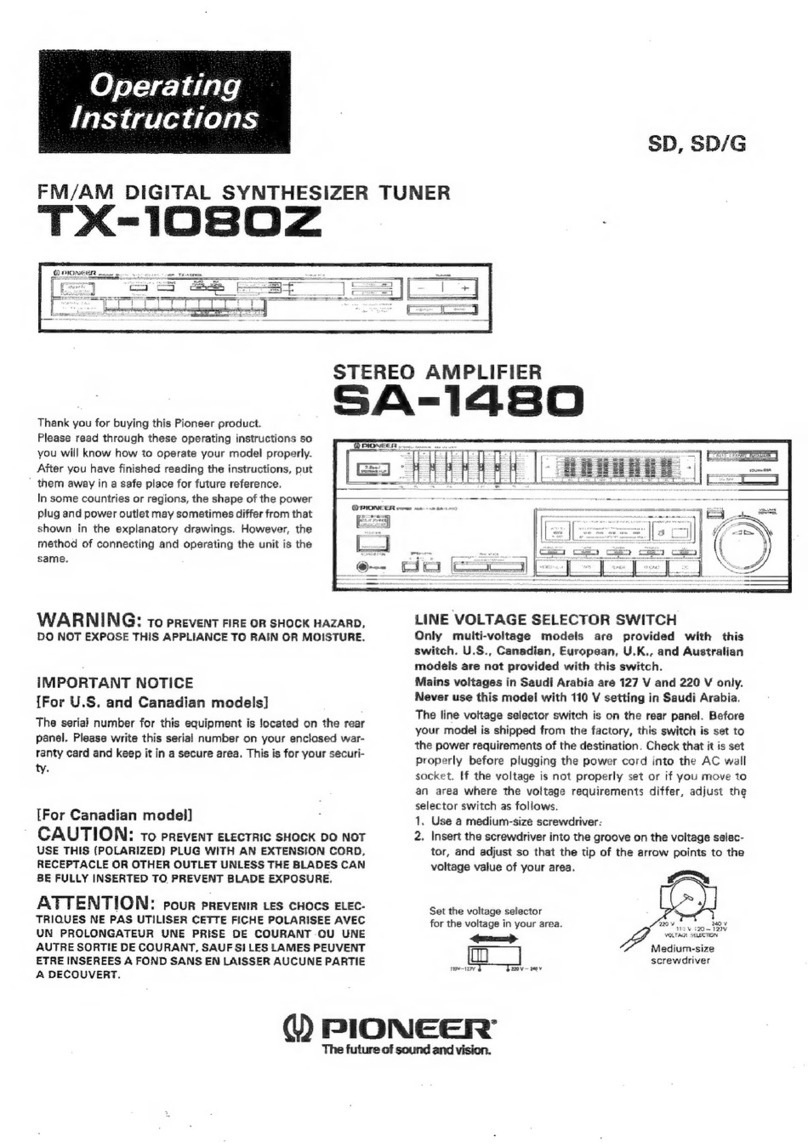
Pioneer
Pioneer TX-1080Z User manual

Pioneer
Pioneer XC-LA21 User manual

Pioneer
Pioneer DEH-3300RX1N User manual

Pioneer
Pioneer XC-IS22CD User manual

Pioneer
Pioneer GEX-P920XM - XM Radio Tuner User manual

Pioneer
Pioneer DEH-2800MP/XU/UC User manual

Pioneer
Pioneer XC-L11 User manual
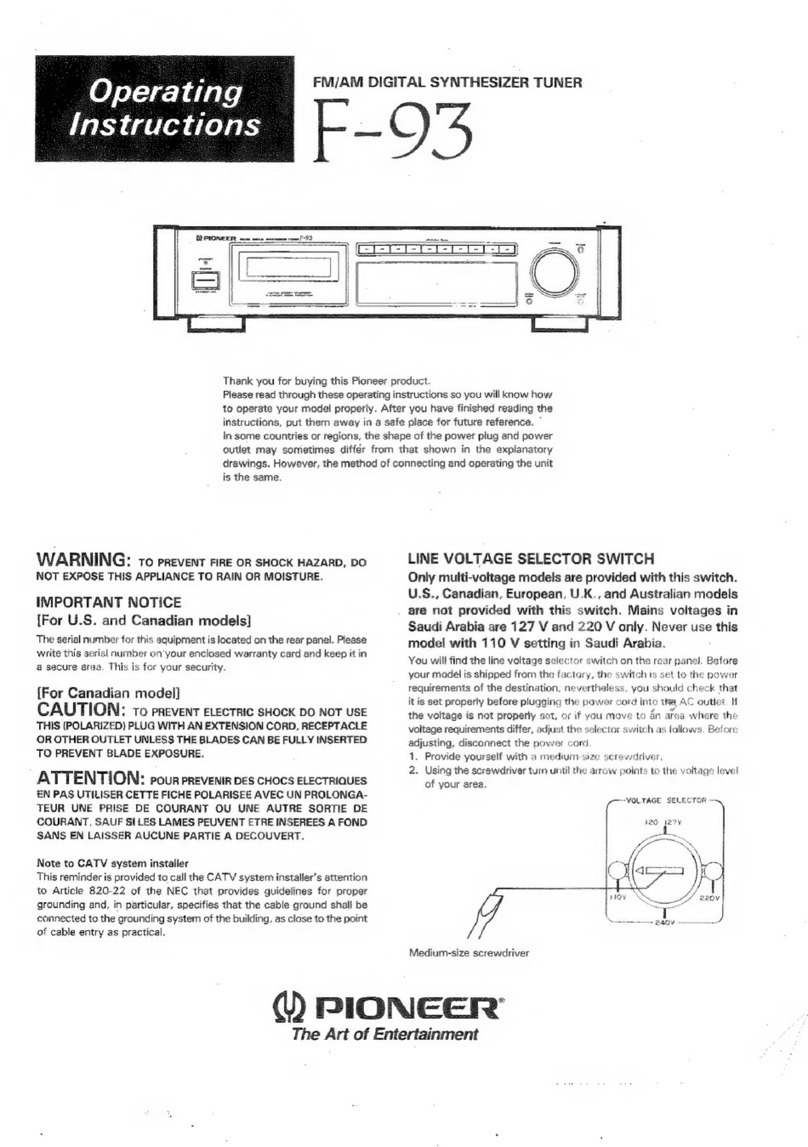
Pioneer
Pioneer F-93 User manual

Pioneer
Pioneer TX-9800 User manual

Pioneer
Pioneer XC-L11 User manual

Pioneer
Pioneer SH-D505 User manual
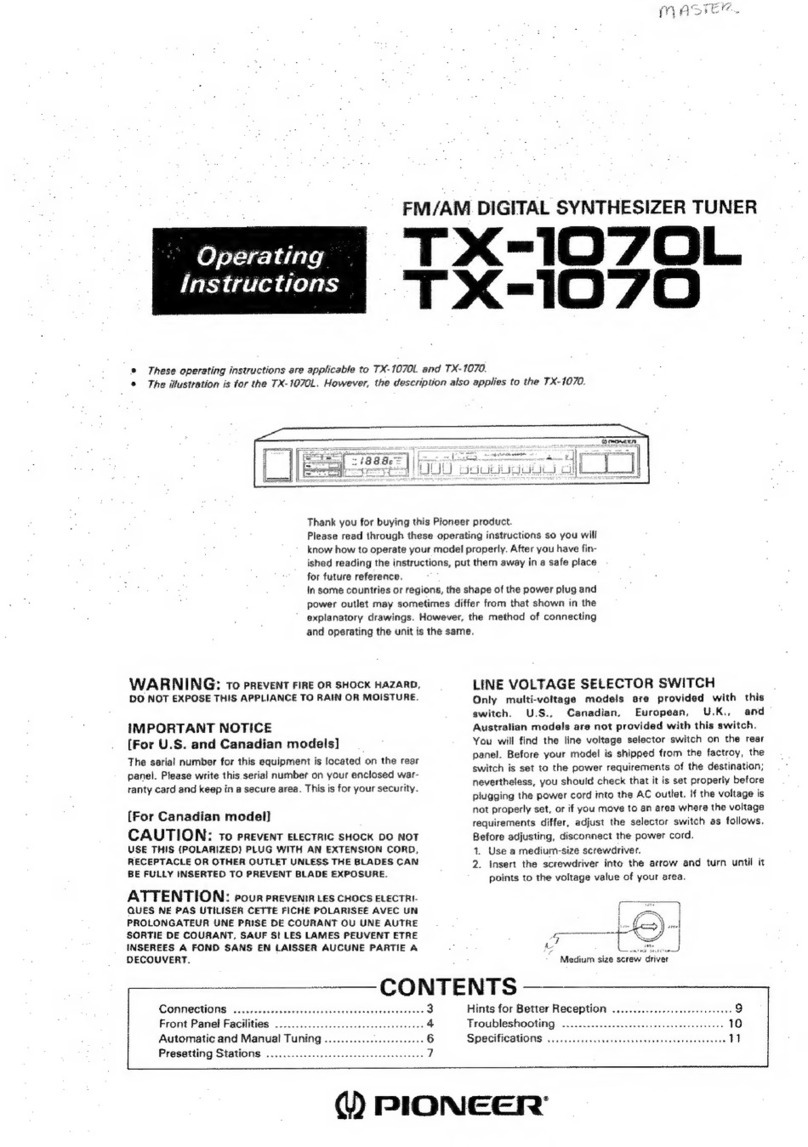
Pioneer
Pioneer TX-1070L User manual

Pioneer
Pioneer F-X88ZL User manual
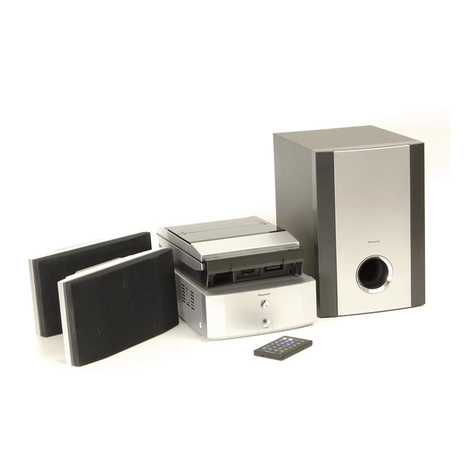
Pioneer
Pioneer XC-F10 User manual
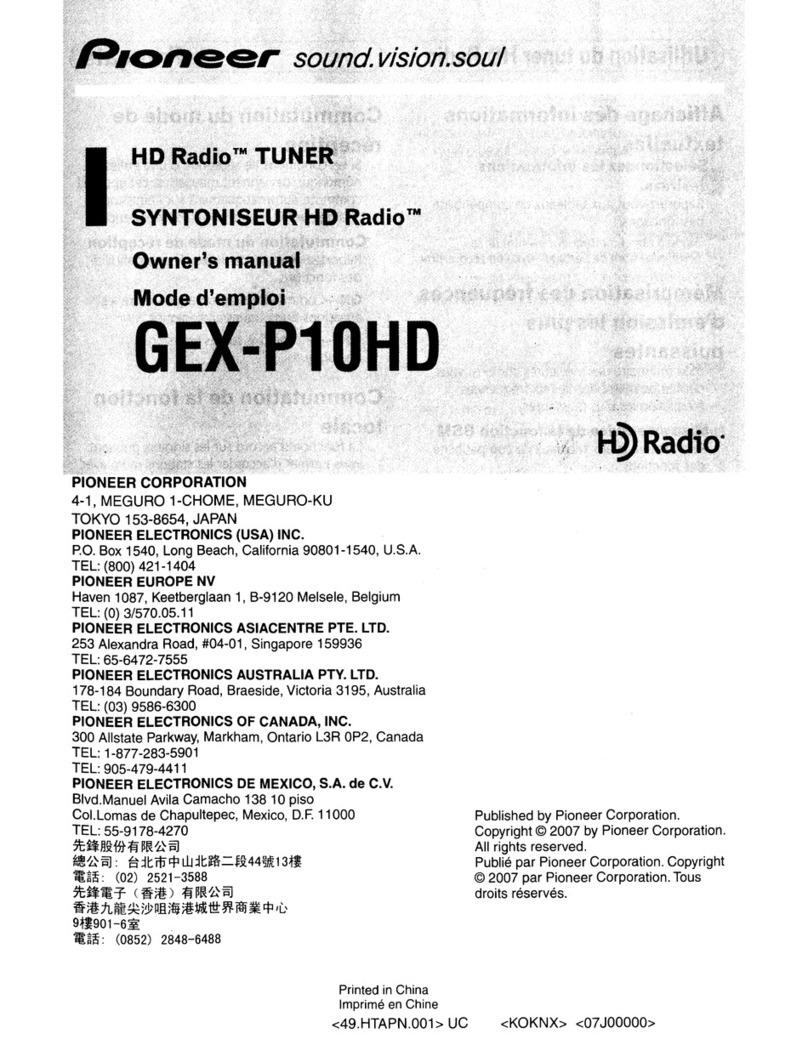
Pioneer
Pioneer GEX-P10HD - HD Radio Tuner User manual

Pioneer
Pioneer DVZ-MG6067ZN/UC User manual
Popular Tuner manuals by other brands

NAD
NAD C 445 owner's manual

Sony
Sony ST-SA5ES operating instructions

Sirius Satellite Radio
Sirius Satellite Radio SC-FM1 user guide

Antique Automobile Radio
Antique Automobile Radio 283501B Installation and operating instructions

Sanyo
Sanyo FMT M15L Service manual

Monacor
Monacor PA-1200R instruction manual
